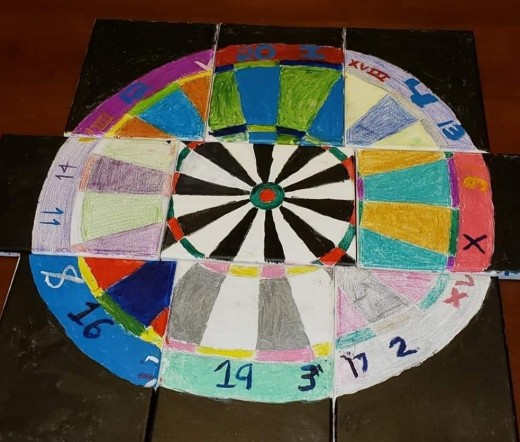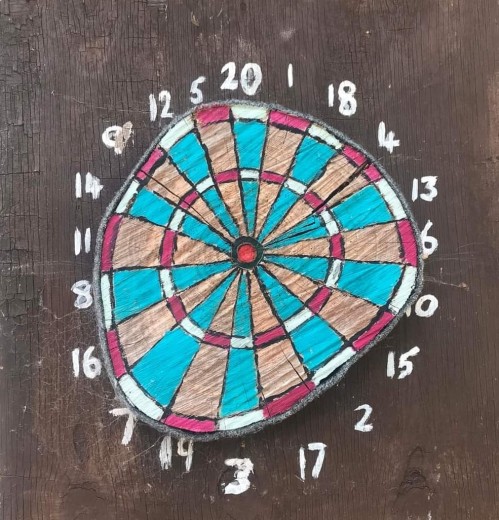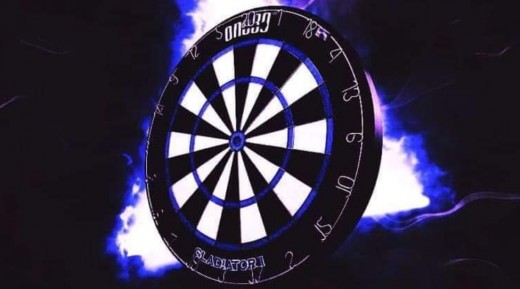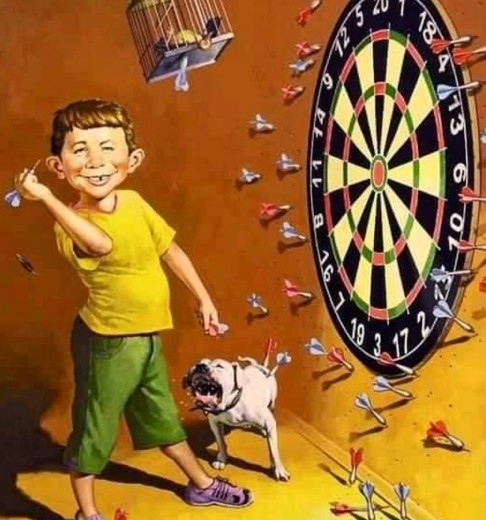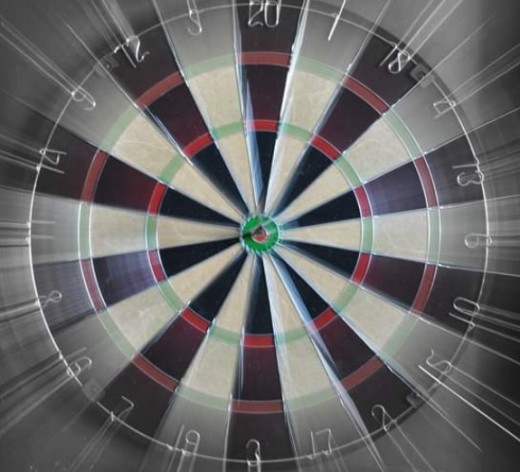Tuesday, July 30, 2019
Column CM65
Along the Piers
Compared to Sunday, Monday was a rather relaxed day and I did what many people do in Blackpool – I walked along the promenade looking at the beach and the piers.
The English word “pier” doesn’t mean the same as the German word – which is usually a shipping pier. The British piers today are something like amusement centres build on posts into the sea. Blackpool is the only seaside resort with three piers which were all built between 1860 and 1893.
The very first of these pleasure piers was built 1813 in Rye on the Isle of Wight. The idea behind the piers was that the towns wanted to give the growing number of tourists – who thanks to the railway visited the seaside – the opportunity to have a look at the sea even at low tide. So the tourists could stroll along and above the sea even when they couldn’t see it from the beach. But to only to stroll got a little bit boring after some time and so later restaurants, theaters and other amusements found the way onto the piers.
At the beginning, piers were built from wood and later from iron and wood. 55 piers exist still today in England and Wales.
The piers are always very vulnerable to storms and fire. In Brighton in England the West Pier – which was built like Blackpool’s North Pier by Eugenius Birch – was destroyed in 2002 after flooding by storm and in 2003 was demolished completely by two fires. Only the blackened iron skeleton still looms above the water.
In 2014, on another pier by Birch in Eastbourne a fire started. Luckily only the main amusement hall and some smaller stalls were destroyed. The pier has been rebuilt.
The piers in Blackpool all had to be renovated over the years because of damage caused by storms and fire. The maintenance of the piers is very high, but normally there is no entrance fee if you want to walk along the pier. From England the piers spread all over the world.
The last first round evening started with the match between Jonny Clayton and Keegan Brown. Fans haven’t seen great performances from Jonny Clayton recently but in this match the players were in the first part on equal terms. Keegan Brown’s average was a little bit higher but not high enough to show in the match. So, Clayton went into the first break with a 3-2 lead. Both players had at this time a 100 percent hitting rate on the doubles.
The hitting rate dropped after the first brake and the averages levelled. The second part still was head-to-head and on a high level and it was 5-5 before the second break.
After the break it was first Clayton who got some space, but Brown didn’t give in and drew to 7-7 with a 127 checkout for his third high finish of the match. The match moved to 8-8 and one could already feel there would be another tie break. But Brown won another leg, Clayton failed to level at 9 and Brown managed to win 10-8.
On similar equal terms was the following match between Simon Whitlock and John Henderson – in tartan trousers. At first Whitlock had a small advantage which got clearer and clearer, but Henderson showed fighting spirit and put the Australian under pressure. When Whitlock was up 5-3 Henderson suddenly improved and played an over 100 average. It was 5:5 when the players went into the second break.
Whitlock looked very determined after the break and took the lead again, but the match was not won yet. When it was 9-6 for Whitlock he just couldn’t find the trebles any more, and Henderson claimed the following two legs. Then he ran out of steam as well and a rather banged up Whitlock managed to cross the finishing line first.
The last of the debutantes – Ricky Evans – didn’t have many chances against a solid playing Daryl Gurney but he was very clinical on his doubles. Nevertheless, Gurney was just the better player in this match. But similar to Whitlock he had problems to cross the finishing line. When he was 9-6 in the lead, he didn’t score well any longer and Evans used the opportunity to get closer and closer. But Gurney pulled himself together and threw two 180s in the last leg of the match. His double trouble caught up with him again, but Evans was too far behind to do anything and in the end Gurney hit the winning double.
For the last match of the first round Vincent van der Voort and Peter Wright walked on stage. After the last performances from Wright and his wins on the Pro Tour and the German Darts Masters one could expect Wright would dominate the match – but it was the Dutchman who played stronger at the beginning.
Both players showed high-class darts with averages of over 100. The crowd was torn and sang for the players alternately. After the first break Wright had arrived in the match and started to pull away. Van der Voort resisted and came back to 5-6 but after that couldn’t keep up any longer. Wright on the other side progressed without big problems and with the best average of the first round.
All in all only three of the debutantes survived their first round matches and six seeded players were eliminated in the first round. Three of the matches were decided in the tie break, two of those in a sudden death leg. Only six players played an over 100 average and two of those were match losers.
On this evening none of the matches went into overtime and the night was over quite early. It was warm and dry outside which made the way home a lot more agreeable.

